Best-Laid Plans
Plane and Pilot
APRIL 1, 2025
I turned crosswind and attempted to shallow the climb. This time, I pulled out some power as I transitioned to the crosswind leg. Combining that with the higher gross weight, I had trained in an airplane that rendered a very different experience, not preparing me for the first flight in a much faster airplane.

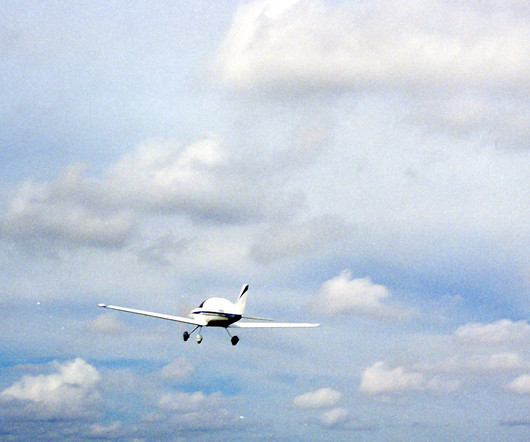
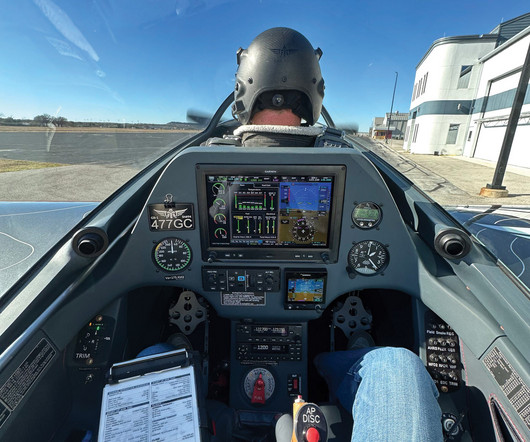

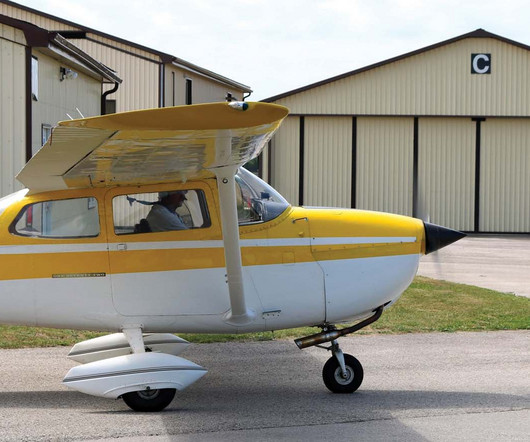
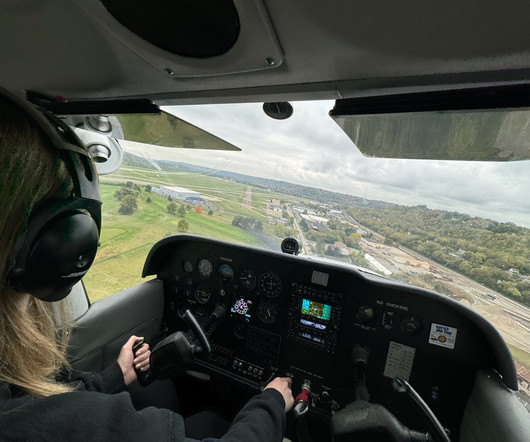
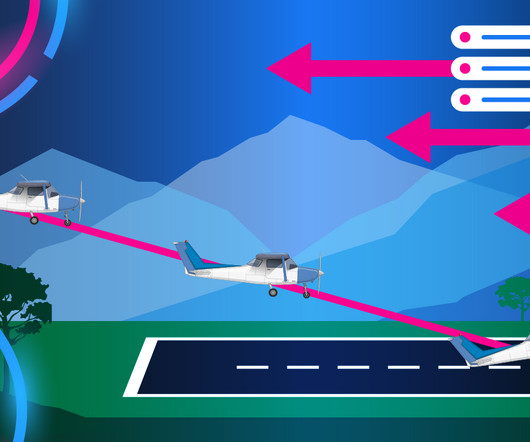
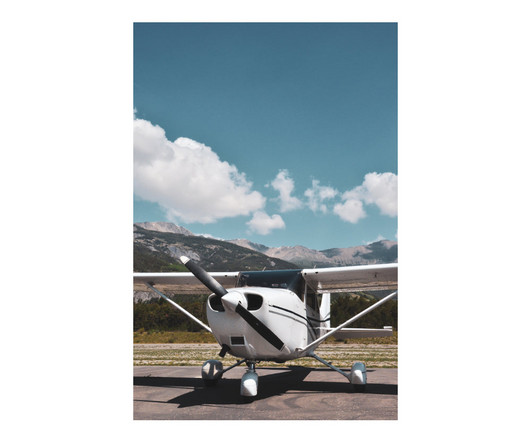
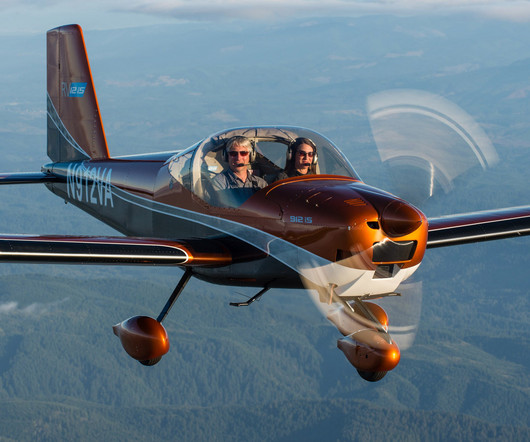








Let's personalize your content